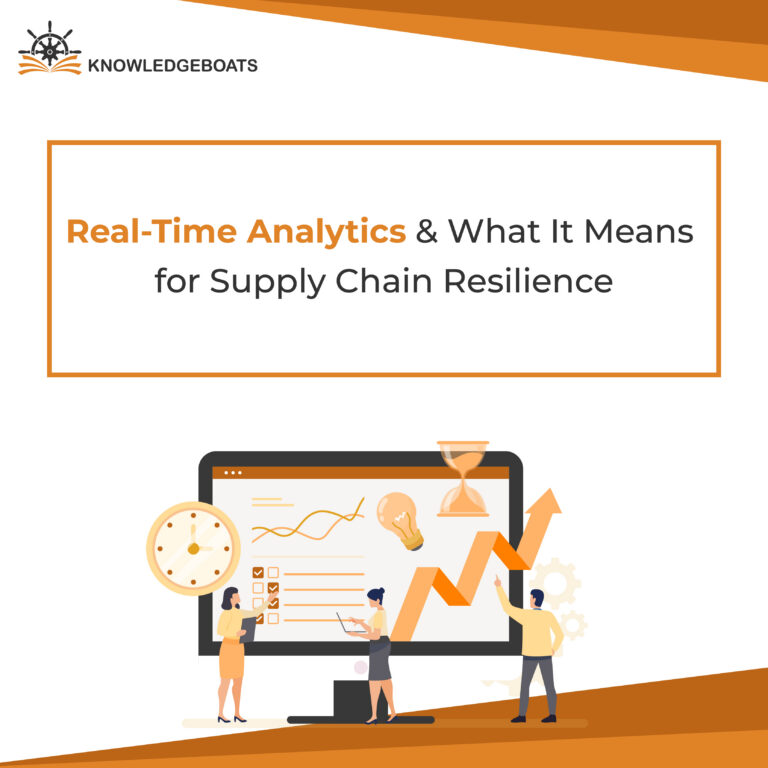
You know that feeling? You’re scrolling online, maybe reading an article about how to finally organize your kitchen. You see a picture of these beautiful, minimalist spice jars, and you have a moment of pure inspiration. That’s it. That’s what I need.
You’re hooked. You’re ready. And then nothing. It’s just a picture. So, you open a new tab, you search for “minimalist spice jars,” and you’re hit with a wall of a thousand different options. The magic is gone. You sigh, close the tab, and the messy spice drawer lives to see another day.
That gap, between the moment of inspiration and the moment of purchase, is where so many brands lose people.
But what if there was no gap? What if you could just tap on that picture in the article and have those spice jars in your cart, ready to go?
That’s not a futuristic dream. It’s a smarter, more human way of doing business that’s happening right now. It’s called content-to-commerce, and it’s all about one simple idea: stop making your customers do the hard work.
It’s About Being a Friend, not a Billboard.
For too long, marketing has been about interrupting people. A pop-up ad here, a banner ad there. It’s like having someone shout at you while you’re trying to have a conversation.
Content commerce is the exact opposite. It’s about joining the conversation.
It’s about being the helpful friend who says, “Oh, you’re looking for a good hiking boot? I have a pair I absolutely love, and here’s why.” The sale isn’t the point, but the help is. The sale is just the happy result of being genuinely useful.
When you weave buying opportunities directly into your helpful content, you’re not being pushy. You’re providing a shortcut. You’re saying, “I know this is what you’re looking for, and I’ve made it incredibly easy for you to get it.” That’s how you build trust that lasts.
Let’s Make This Real. Here’s What It Looks Like.
So, how do we stop talking about it and start doing it? It begins by looking at the content you’re already creating and asking one question: “How can I make this more helpful?”
Turn Your Blog into a Helpful Guide, Not Just a Book Report.
Your blog is where you teach and inspire. Let’s make it a place where people can also act.
- Instead of this: A blog post about “5 Ways to Style a Bookshelf” with a generic link at the end that says, “Shop our home decor.”
- Try this: In that same blog post, feature a beautiful photo of a styled bookshelf. Make every single item in that photo (the vase, the sculpture, the bookends) clickable. A little box pops up with the price and an “Add to Cart” button. Your reader feels like they have a personal shopper, not like they’re being sold to.
Let People Shop What They See in Your Videos.
Video is where your products come to life. Don’t let that momentum die when the video ends.
Imagine a video on how to make the perfect pour-over coffee. As the barista uses a specific gooseneck kettle, a small, elegant note could fade in on the screen: “The Kettle We’re Using.” One click, and it’s in their cart. They can keep watching, fully immersed in the experience, while their problem is already being solved.
Your Customers are Your Best Storytellers. Let Them Talk.
You can spend all day telling people your product is great. Or, you can just show them real people who already love it.
Create a space on your site for customer photos. A gallery of real people, in their real lives, using your stuff. A hiker reaching a summit in your jacket. A family laughing around a fire pit you sell. Then, make every one of those photos shoppable. Seeing that joy and authenticity is more powerful than any ad you could ever write.
But is it Really Working?
Okay, this sounds nice, but how do you know it’s making a difference? You listen.
The data you get from this isn’t just numbers; it’s feedback. It’s your customers who tell you what they want.
- “Wow, tons of people are adding that lamp to their cart from the ‘Home Office’ blog post.” Okay, let’s create more content around creating a beautiful workspace.
- “Almost no one is clicking on the products in this video.” Maybe we need to show the product in action for longer or make the link more obvious.
You stop guessing what people want and start seeing it, clear as day.
The Big Picture?
Stop thinking of your content and your store as two separate buildings. They’re rooms in the same house.
Your content is the warm, inviting living room where you share stories and build relationships. And when a guest falls in love with the comfortable armchair they’re sitting in, you should be able to say, “I’m so glad you like it. You can take one home with you.”
The old way was to build a wall between your content and your checkout. The new way is to open a door. It’s a more respectful, more effective, and frankly, more human way to do business.


